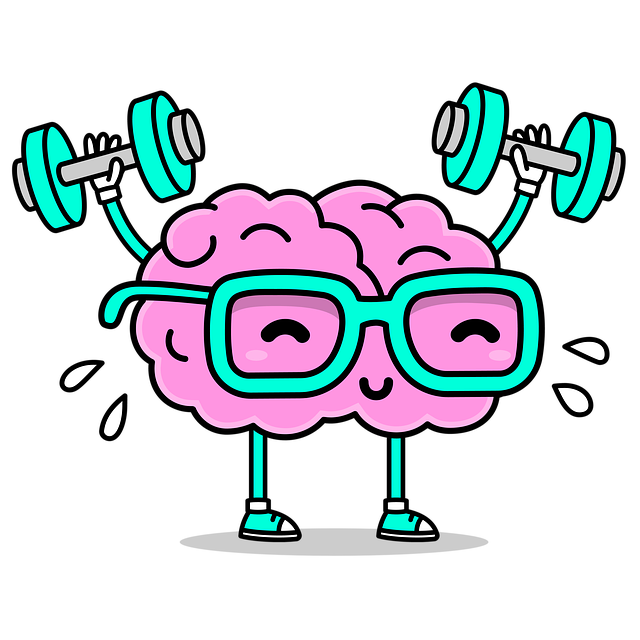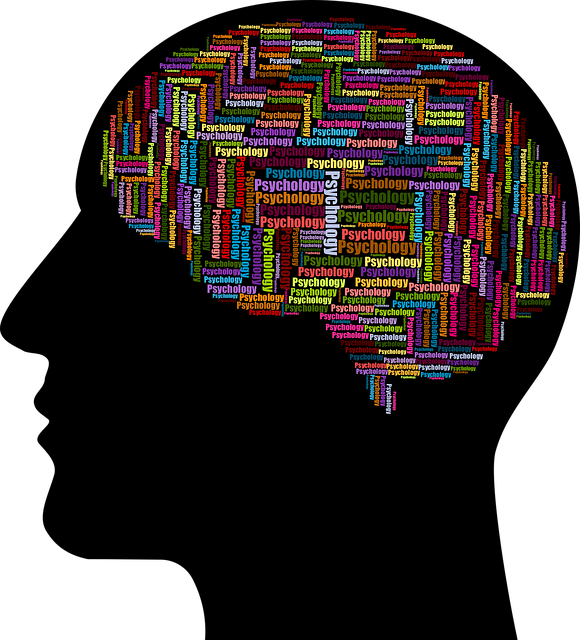Evaluating Highlands Ranch Anxiety Therapy's impact requires a multi-faceted approach beyond satisfaction surveys. Using structured interviews, self-assessments, and comparisons of initial anxiety levels with post-program assessments, therapists can measure quantitative and qualitative improvements. Feedback from participants and satisfaction surveys offer direct insights into the program's success, guiding therapists to tailor approaches. Longitudinal studies tracking mental health outcomes beyond initial participation reveal sustained improvements, especially for anxiety disorders. These insights are vital for refining program designs and ensuring their relevance and impact over time.
Mental wellness program evaluations are crucial for assessing effectiveness, gathering insights, and ensuring success. This article explores three key evaluation methods for programs like Highlands Ranch Anxiety Therapy. We delve into assessing program impact using specific metrics, relying on participant feedback through satisfaction surveys as a cornerstone, and tracking long-term outcomes to measure the true success of mental wellness initiatives. Understanding these approaches is vital for optimizing support and care.
- Assessing Program Impact: Methods and Metrics for Highlands Ranch Anxiety Therapy
- Participant Feedback and Satisfaction Surveys: A Cornerstone of Evaluation
- Tracking Long-term Outcomes: Measuring Success in Mental Wellness Programs
Assessing Program Impact: Methods and Metrics for Highlands Ranch Anxiety Therapy

Evaluating the impact of Highlands Ranch Anxiety Therapy programs is a multifaceted process that goes beyond mere satisfaction surveys. Effective measurement strategies must capture both quantitative and qualitative data to assess the true extent of program effectiveness. One robust method involves tracking participant progress through structured interviews and self-assessments before, during, and after therapy. By comparing initial anxiety levels, frequency of symptoms, and coping mechanisms with post-program assessments, therapists can quantify improvements.
Additionally, mental wellness coaching programs development often incorporates metrics focused on inner strength development. These may include measures of resilience, emotional regulation, and overall life satisfaction. Such approaches provide a holistic view of participants’ mental wellness, revealing not just reduced anxiety but also enhanced coping strategies and improved quality of life. This comprehensive evaluation ensures that Highlands Ranch Anxiety Therapy programs are not only addressing symptoms but fostering sustainable inner strength.
Participant Feedback and Satisfaction Surveys: A Cornerstone of Evaluation

Participant feedback and satisfaction surveys are integral to evaluating any mental wellness program, including those offered in Highlands Ranch Anxiety Therapy. These tools provide direct insights into the effectiveness of interventions from the perspective of the individuals directly involved. By asking participants about their experiences, therapists can understand what aspects of the program were most beneficial and identify areas for improvement. This iterative process is crucial for refining and enhancing therapeutic approaches over time.
The surveys often include questions related to the Mental Wellness Journaling Exercise Guidance, Crisis Intervention Guidance, and Mind Over Matter Principles, among other topics. Such questionnaires allow clients to voice their satisfaction levels, perceived improvements in symptoms, and overall utility of the program. This feedback loop is a cornerstone of evidence-based practice, ensuring that interventions are tailored to meet the unique needs and preferences of each participant.
Tracking Long-term Outcomes: Measuring Success in Mental Wellness Programs

Evaluating the long-term impact of mental wellness programs is essential to understanding their true success and effectiveness. Tracking outcomes beyond initial program participation provides valuable insights into how these interventions contribute to sustained mental health improvements. This aspect is crucial, especially in cases like Highlands Ranch Anxiety Therapy, where addressing anxiety disorders often requires ongoing support and skill development. By assessing participants’ well-being over an extended period, researchers and practitioners can identify which strategies and methods have the most significant and lasting effects on managing anxiety and related conditions.
One effective method to achieve this is through longitudinal studies that follow individuals before, during, and after program involvement. These studies allow for a comprehensive understanding of how mental wellness programs influence participants’ lives in the short and long term. For instance, evaluating resilience-building initiatives within these programs can reveal their ability to empower individuals to cope with future challenges, thus enhancing overall mental health awareness and education. Such insights are invaluable for refining program designs and ensuring that interventions remain relevant and impactful over time.
Evaluating mental wellness programs, such as the Highlands Ranch Anxiety Therapy, requires a multifaceted approach. By combining assessment of program impact using specific metrics, gathering valuable participant feedback through satisfaction surveys, and tracking long-term outcomes, we can gain comprehensive insights into the success and areas for improvement within these initiatives. These methods ensure that mental health support remains effective and tailored to the needs of those it serves.














